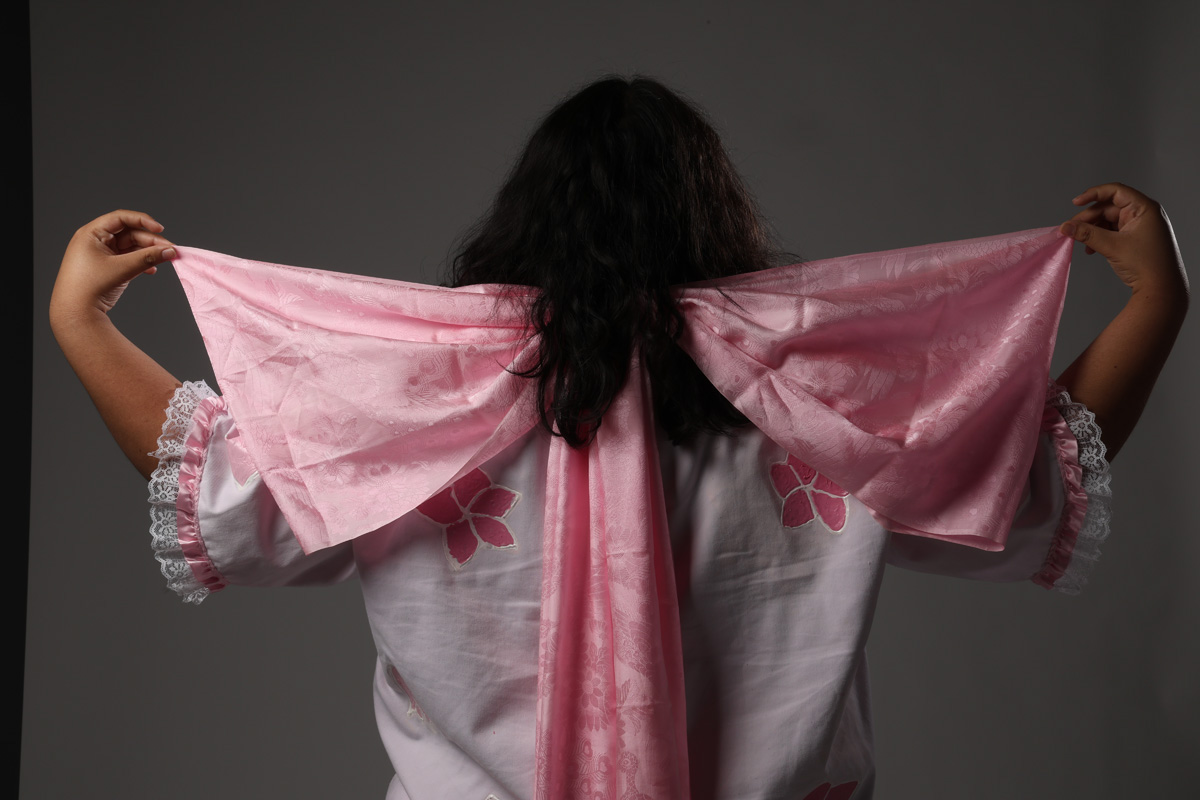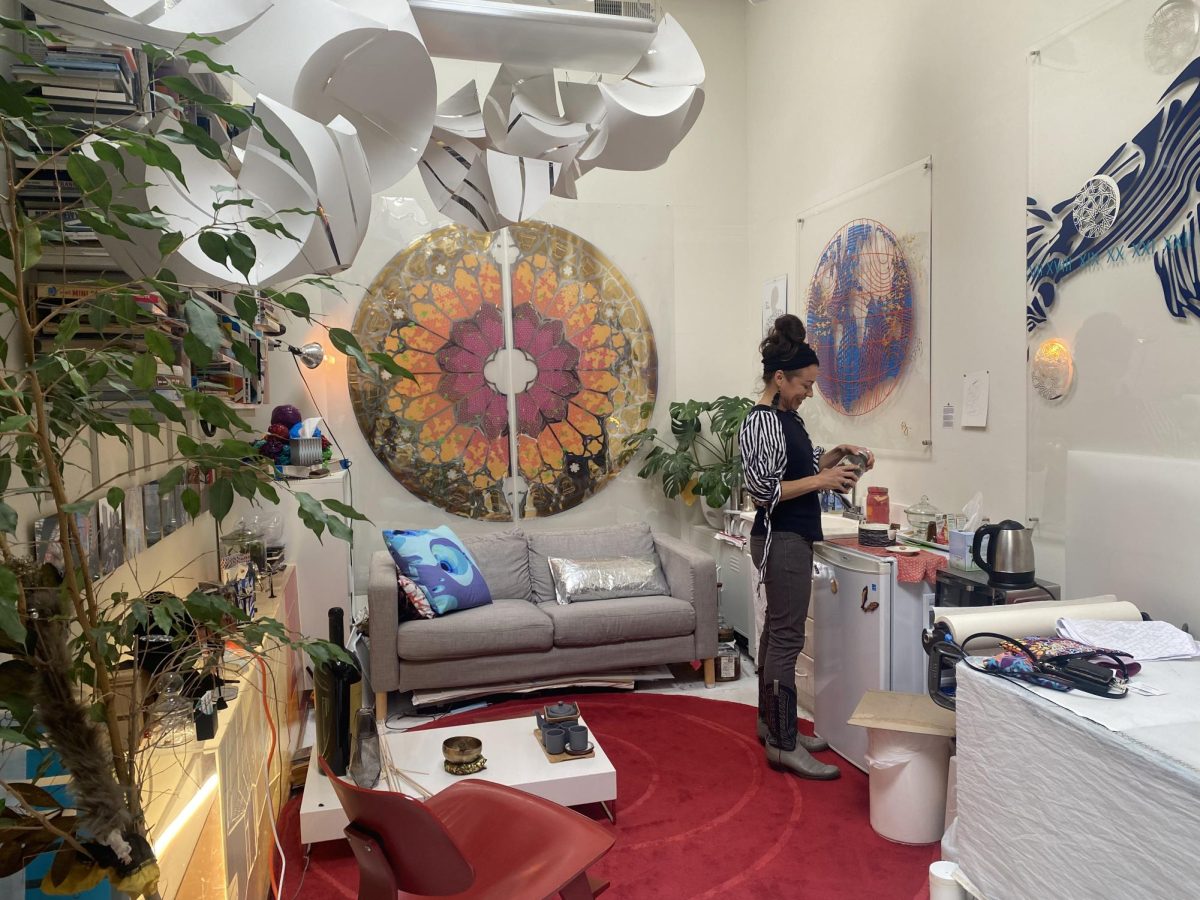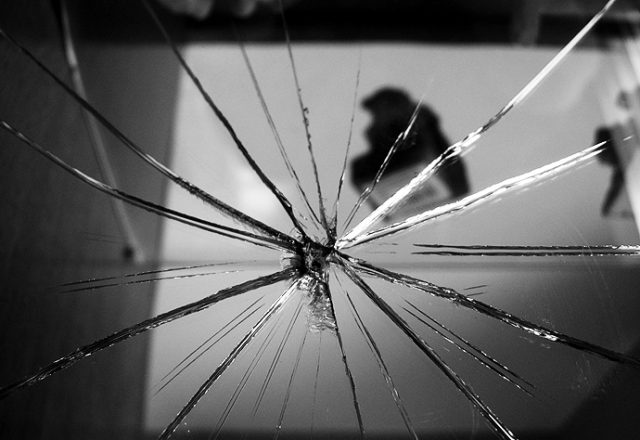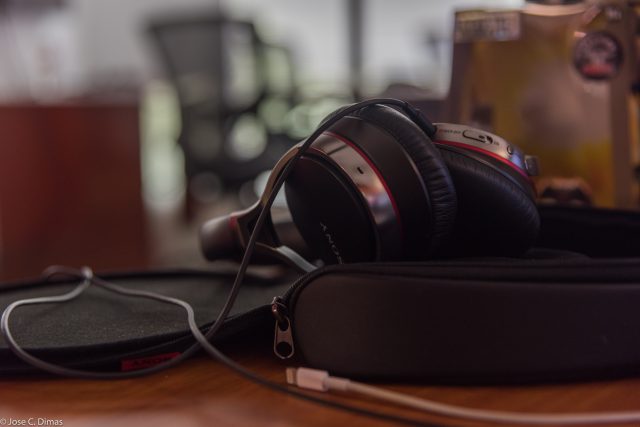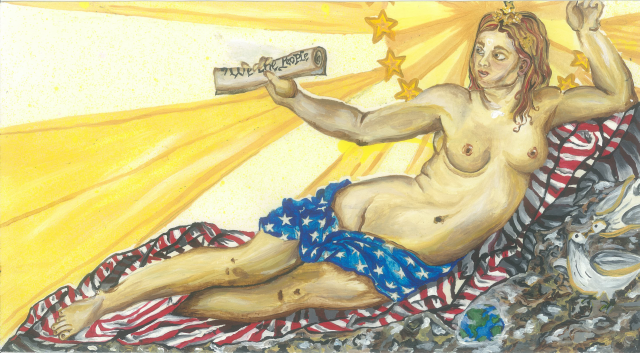After thirty-three seasons of The Bachelor and its spinoff, The Bachelorette, dominating television sets with white leads and a poor attempt at diversity, the series has finally chosen a person of color to be its leading star. Rachel Lindsay, a thirty-one-year-old African-American attorney from Dallas, TX was announced as the new bachelorette in mid-February.
Over the years, the hit reality show has gone through scrutiny for its lack of representation. All twelve bachelorettes have been white and in the twenty-one seasons of The Bachelor, there’s only been one lead who qualifies as diverse: Juan Pablo Galavis, a blond American-born Venezuelan, whose vulgar behavior and homophobic remarks made him one of the most controversial and notorious bachelors of all time.
As someone who’s in an interracial relationship, this topic means a great deal to me. My boyfriend’s Mexican and I’m Vietnamese. Whenever I’m out exploring the great city of San Francisco, I see mixed couples everywhere — it’s not just in this city, but all over the country.
According to a TIME analysis of 2010 Census data, mixed-race marriages are growing at rapid rates. The census found that interracial and interethnic opposite-sex married couple households grew by twenty-eight percent over the decade from seven percent in 2000 to ten percent in 2010. In addition, there’s a higher percentage of unmarried interracial and interethnic couples than those that are married.
Through being with someone whose upbringing and traditions are somewhat different from mine, it’s given me the opportunity to not only learn about my partner’s culture, but also be a part of it. While we do share a number of differences, like the sizes of our families, or the practicing of different religions, it doesn’t bring us apart. It’s not a matter of converting someone or changing their views, but having them be open and accepting to yours.
Since the Supreme Court decision of Loving v. Virginia (1967), interracial marriage has been legal nationwide. The case was brought by Mildred Loving, a black woman, and Richard Loving, a white man, who were arrested in their home for marrying each other. Their marriage violated the state’s anti-miscegenation law (the Racial Integrity Act of 1924), which banned marriage between people classified as “white” and people classified as “colored”.
It’s clear that interracial relationships and marriages exist, however, they’re not as represented as they should be, especially in today’s media. Efforts are being made with scripted television shows, where we see interracial and interethnic couples on shows like The Walking Dead, How to Get Away with Murder, and Master of None. Yet, when it comes to reality television, it’s sparse. Why is that? Why are scripted shows showing interracial relationships more than actual reality shows, which should depict “real life” scenarios?
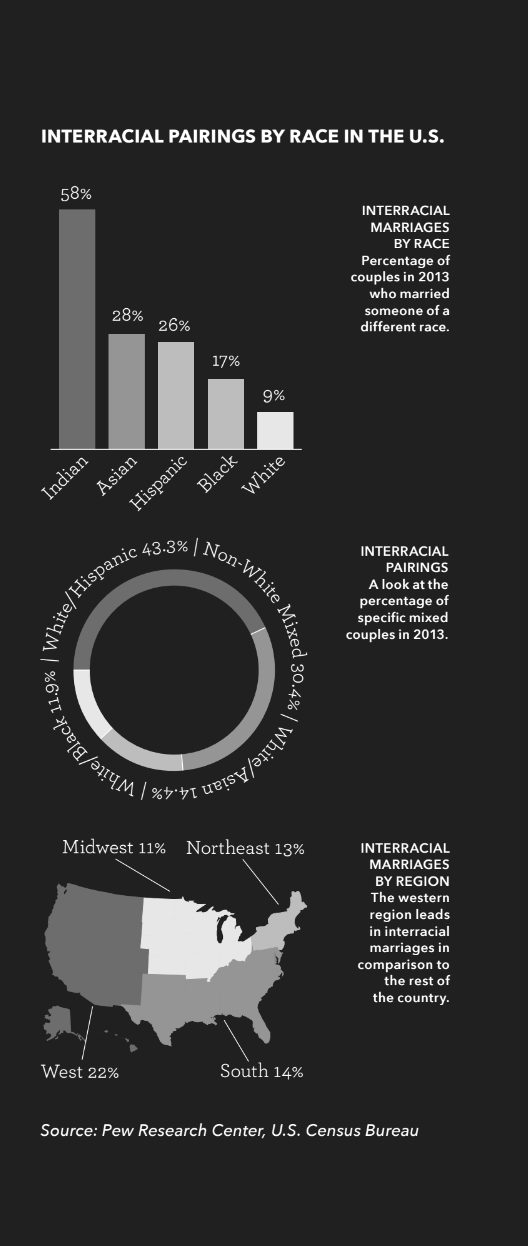
“It could simply be that producers are reluctant to spoil the gauzy fantasy of a fireside couple’s massage with a probing discussion of racial difference,” said Rachel Dubrofsky, an Associate Professor of Communication at the University of South Florida, in an interview with The Los Angeles Times.
“The assumption is that a woman of color can as easily date a white man as a man of color, as if race is nonexistent. This does not effectively address issues of diversity and the real, lived ways in which people are impacted by racial difference.”
In Rachel Lindsay’s hometown date on The Bachelor, audiences witnessed an uncomfortable discussion that is imperative in furthering a relationship, especially one that is interracial. Lindsay was on Nick Viall’s season of The Bachelor, who is a white man.
The date ended at Lindsay’s family home where Lindsay’s sister, Constance, and her brother-in-law, Alex, who are also an interracial couple, brought up the obvious, “Right now, with this climate that we’re in, I feel like you have seen more racism come out,” Constance said. She reminded Nick and Rachel it’ll be something they’ll need to learn how to navigate as a couple.
These scenes were filmed right before the presidential election, but aired after the election, showing real life conversations between interracial couples during a turbulent time for American society. The scene provides viewers with a preview of what life would be like for the couple once filming ends and everyday life sets in.
When it comes to interracial relationships, navigating through disapproval becomes strenuous, especially if that person is a family member or close friend. Abigail Solaiman, a psychology major at SF State, is an asian woman, but her boyfriend is a white man, and her family is having trouble coming to terms with it.
“It mostly has to do with being traditional, they (family) don’t like it when we date other races and mix,” Solaiman says. “It’s important to them to keep the family culture and legacy when it comes to last names.”
In March of 2016, FYI Network released a show called, Bride and Prejudice. The show follows couples as they make a life-long commitment and get married despite opposition from family and friends. By showing doubtful loved ones that differences in race, religion, and sexual preference do not affect their ability to love and be loved, the couples hope to make family and friends become open and accepting of their relationships.
Turkish psychologist, Lemi Baruh, published an article in the journal Media Psychology, that found one of the appeals of reality shows is that it gives audiences a chance to compare themselves with other people involved in situations that they wish they could be a part of, or are glad they aren’t. In his findings, reality shows had an affect on the way people think, making them get involved in things they weren’t a part of before, or influence a desire to learn more about something they just watched.
When we see interracial relationships on screen, it’s often someone who is white with someone of a different race, but it’s not just white people. Interracial relationships with races other than white exist, for example, my boyfriend and I, or the hilarious Chrissy Teigen and talented John Legend. We’re all human and at the end of the day, all of us just want to know that we matter, so when I see interracial relationships not being properly represented in media, it makes me upset, it’s like a slap in the face, as if we don’t exist when we clearly do.
The conversation about differences in this country is as public and, in some ways, as toxic as it has been in previous years because of the current political climate. However, such discussions are crucial in progressing, not only those in interracial relationships, but evolving the minds of others who may be biased. According to data from Nielsen, the average American watches more than five hours of television every day. With millions of people watching reality television every week, it’s about time we step away from the so-called “scripted” reality shows, and go back to actual reality television that depicts what life is really like.


